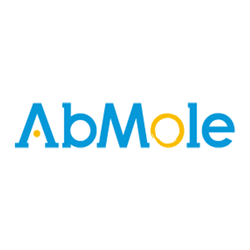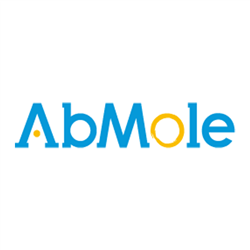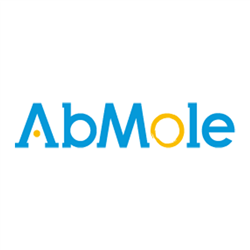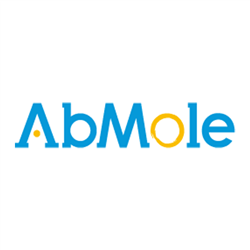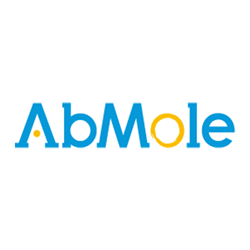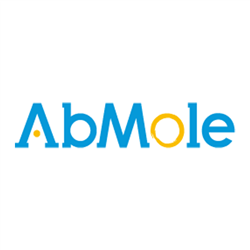Categorías
- Instrumentos
- Agitadores / Agit. Incubadores
- Orbitales
- Con Incubación
- Incubadores Gran Capacidad
- Lineales, Balanceo y 3D
- Incubadores Microplacas
- Para colocar en estufa
- Magnéticos
- Mezcladores /Roller /Rotatorios
- Agitadores de Paletas
- Jeio Tech Accesorios para Agitadores
- Benchmark Accesorios para Agitadores
- N-Biotek Accesorios para Agitadores
- Biosan Accesorios para Agitadores
- Labnet Int. Accesorios para Agitadores
- Vórtex
- Analisis Imagen, animales, plantas, geles
- Balanzas
- Baños Termostáticos
- Cabinas Flujo / Extraccion gases / PCR
- Centrifugas
- Detectores de Radioactividad
- Electroforesis
- Electroquímica
- Equipos Microplacas
- Espectrofotometros
- Experimentacion Animal
- Hornos de Hibridacion
- Homogeneizadores
- Estufas / Equipos calor, frio
- Luminómetros de Tubos
- Microbiologia
- Pipetas / Dispensadores
- Pipetas Labnet Int. Monocanales Automaticos
- Pipetas HTL Monocanales Automáticas
- Pipeta Accumax Mono y Multicanales
- Pipetas Labnet Int. Multicanales
- Pipetas HTL Multicanales
- Pipetas Volumen Fijo
- Pipetas Electrónicas
- Dispensadores
- Dispensadores de Botella
- Pipetas Biosan Monocanales
- Pipetas Biosan Multicanales
- PCR / Tiempo Real (qPCR)l / Cicladores
- QPCR, Sistemas automaticos
- Sonicadores / Ultrasonidos
- Ultracongeladores
- Bombas Jeringa / Vacio / Osmoticas
- Ultracentrífugas
- Micro Array label free
- Contadores de Células
- Contenedores Criogenicos
- Producción agua ultrapura
- Electrospinning
- Agitadores / Agit. Incubadores
- Reactivos
- Consumibles
- Catálogos PDF
Listado de productos por fabricante AbMole
3,4-Dihydroxybenzenepropanoic acid
3,4-Dihydroxybenzenepropanoic acid is a microbial metabolite of flavonoids, reduces phosphorylation of MAPK p38, with antioxidant potential and anti-inflammatory activity.
3,4-Dihydroxybenzenepropanoic acid
3,4-Dihydroxybenzenepropanoic acid is a microbial metabolite of flavonoids, reduces phosphorylation of MAPK p38, with antioxidant potential and anti-inflammatory activity.
((Cys31,Nva34)-Neuropeptide Y (27-36))2
((Cys31,Nva34)-Neuropeptide Y (27-36))2, also called BWX 46, is a neuropeptide Y (NPY) Y5 receptor selective agonist.
(+)-(3R,8S)-Falcarindiol
(+)-(3R, 8S)-Falcarindiol is polyacetylene obtained from carrots, has an antimycobacterial effect, the lowest inhibitory concentration of Mycobacterium tuberculosis H37Ra MIC and IC50 The values are 24 μM and 6 μM, respectively. Has anti-tumor and anti-inflammatory effects.
(+)-(3R,8S)-Falcarindiol
(+)-(3R, 8S)-Falcarindiol is polyacetylene obtained from carrots, has an antimycobacterial effect, the lowest inhibitory concentration of Mycobacterium tuberculosis H37Ra MIC and IC50 The values are 24 μM and 6 μM, respectively. Has anti-tumor and anti-inflammatory effects.
(+)-(3R,8S)-Falcarindiol
(+)-(3R, 8S)-Falcarindiol is polyacetylene obtained from carrots, has an antimycobacterial effect, the lowest inhibitory concentration of Mycobacterium tuberculosis H37Ra MIC and IC50 The values are 24 μM and 6 μM, respectively. Has anti-tumor and anti-inflammatory effects.
(+)-Bicuculline
(+)-Bicuculline is a competitive antagonist of GABAA receptors with IC50 of 2 μM, also blocks Ca(2+)-activated potassium channels.
(+)-Bicuculline
(+)-Bicuculline is a competitive antagonist of GABAA receptors with IC50 of 2 μM, also blocks Ca(2+)-activated potassium channels.
(+)-Bicuculline
(+)-Bicuculline is a competitive antagonist of GABAA receptors with IC50 of 2 μM, also blocks Ca(2+)-activated potassium channels.
(+)-Biotinamidohexanoic acid hydrazide
Biotin LC hydrazide is a long chain protein modification reagent, which can transform periodate-oxidized glycoproteins.
(+)-Biotinamidohexanoic acid hydrazide
Biotin LC hydrazide is a long chain protein modification reagent, which can transform periodate-oxidized glycoproteins.
(+)-Camphor
Camphor is a waxy, flammable, white or transparent solid with a strong aroma, often used to relieve pain, reduce itching and treat fungal infections. It can activate TRPV1 and TRPV3.

